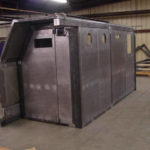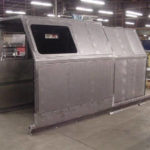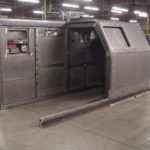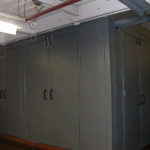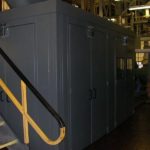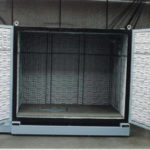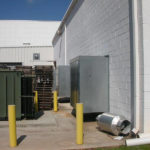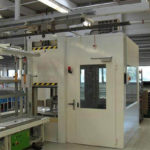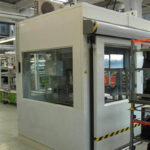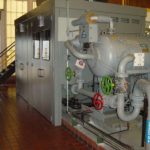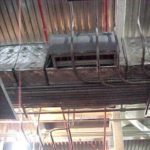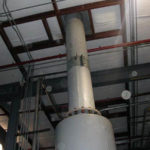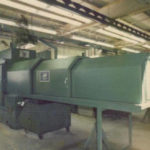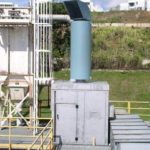Acoustical Engineering Feasibility Studies
With a combined total of 60 years of noise and vibration control experience, Acoustical Systems, Inc. provides design engineering and acoustical solutions for industrial noise applications regulated by OSHA / MSHA compliance programs. ASI does not represent or distribute specific product lines. ASI offers unique noise control services to design proper enclosures, silencers, curtains, louvers and absorbers for specific applications with guaranteed results.
Acoustical Engineering Feasibility Study Scope of Work
Determine a Design Goal
In order to implement an effective noise abatement system, a quantitative acoustical design goal must be established. Acoustical Systems, Inc. will provide noise control recommendations to meet the OSHA, MSHA, G16 (90dBA), G16A (85dBA) criteria requirements.
Determine the Existing Acoustical Condition
Once the design criteria are established, baseline acoustical data would be collected in the plant and at the operator’s positions during various production and non-production conditions. The recorded data will be analyzed on the weighting networks A and linear scale, 1/1 and 1/3 octaves, Fast Fourier Transform (FFT) bands covering the audio-frequency range of 22.5 to 20,000 Hz.
Determine the Required Noise Reduction
The Existing Acoustical Conditions data is then compared to the Design Goal criteria to identify the noise reduction required to provide the desired acoustical environment. The degree of noise reduction and the frequency content requirements are necessary to design the proper noise abatement system.
Identify the Sound Transmission Paths
In order to efficiently attenuate noise sources, it is necessary to determine the transmission path by which the source affects the receiver. There could be line-of sight airborne sound transmission, structure-borne vibration transmission, flanking noise, transmission along ducts, or penetrations between the noise sources and receiver. All paths must be investigated to ensure an effective abatement system.
Design Potential Noise Abatement Systems
The abatement system is designed considering the noise reduction requirements, frequency content, sound wave transmission paths, and operational considerations. Because the performance of acoustical materials is frequency dependent, the design of the system must consider the magnitude and frequency of the source and the degree of attenuation required. Concept designs are reviewed with engineering, production, and maintenance personnel to ensure that the operational concerns have been considered in the final design. Construction specifications and costs are then formulated for each item and included with concept drawings.
Final Report
The final report will include all acoustical analysis and supporting data, noise control recommendations, material specifications, and cost estimates. This information allows you to evaluate acoustical performance versus cost. Acoustical Systems, Inc. is then uniquely qualified to provide a written guarantee that you will achieve the specified level, provided that all practical and functional recommendation is implemented.
